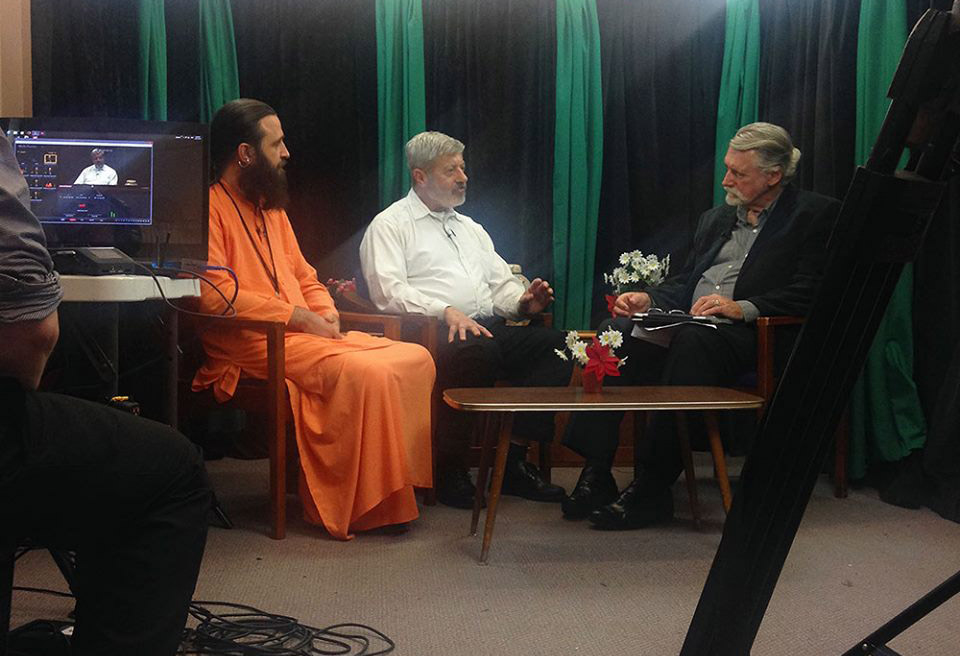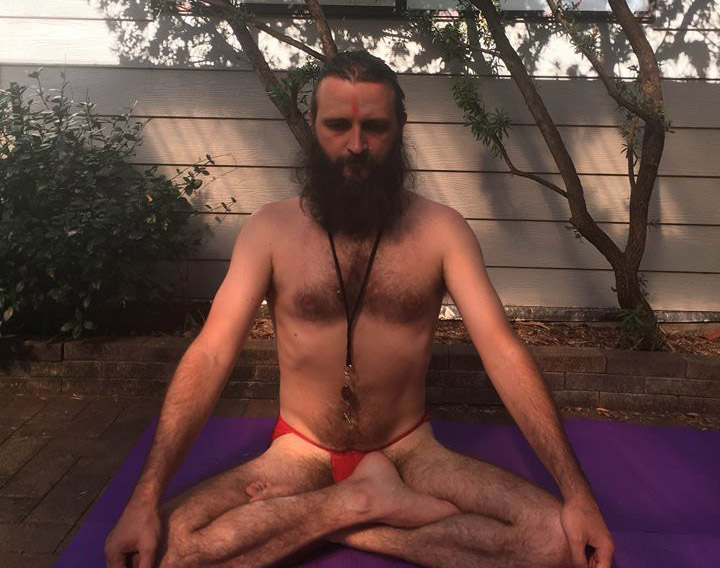The earliest Nātha yogis were associated with the Kāpālikas, I’ll give you one example. In Buddhism, there is a yogi who is known as Kṛṣṇācārya, and as Kṛṣṇanāth in the Nātha-sampradāya, also Kanipānātha – Kānhapā. He was a disciple of Jalandharnāth, who is famous among both Nāthas and Vajrayāna Buddhists. Both of them are included in the list of the Nine Nāthas in Maharashtra.
Kānhapā practised Kāpālika sādhanās also the Hevajra-tantra. It is believed that the practice of tummo was received from him by Marpa, then by Milarepa and later by Naḍapāda, better known as Naropa, who compiled his famous six yogas based on tummo.
It is believed that in the practice of tummo or caṇḍālī, which is actually kuṇḍalini-yoga, an important element is karma-mudrā, a practice, similar to Vāmācāra maithuna in kaulism. This method allows you to sublimate the sexual fire into the inner fire of kuṇḍalini or caṇḍālī. Other yogas, such as yoga of light, yoga of dreams, etc. develop from this practice of inner yoga. But the main purpose of tummo is to awaken within oneself a state of bliss and emptiness, which ultimately leads to the level of mahā-mudrā, also known as Dzogchen. These highest levels of practice may vary among different teachers and Vajrayāna lineages. In the Nāthas’ texts, namely the Akulavīratantra, the Amanaska Yoga, etc., this state is called sahajānanda. Obviously, at some stage, those ancient yogis borrowed terms from each other, actually, Vajrayāna was called “Sahajayana“, although Vajrayāna indicates an indestructible state realised in the vajra-nāḍī through the basic practice of tummo (kuṇḍalini-jāgaraṇ). Sahaja means “to be together with the innate,” which, according to one interpretation, is the joint fusion of male and female bindus in the sahasrāra-cakra. Actually, this is the practice that in Buddhism is called Dzogchen, which, according to one interpretation, is an analogue of mahābindu. The essence of Dzogchen/Mahāmudrā practices is staying in your natural perfect state, known among the Nāthas as sahajananda.
Later these methods were adopted by the Sahajiya Vaiṣṇavas, their methods were very similar to the methods of tantric yoga of the Nāthas and Vajrayāna, however, with the arrival of the British, many Vaiṣṇavas Sahajiya gurus in Bengal went underground. These practices are already considered secret, but the Puritan British (at that time) further influenced the secrecy of these traditions. Instead, some Indian Westernised gurus, such as Bhaktivinoda Ṭhākur and others, were forced to create “refined” forms of Vaiṣṇavism, which later came to America and other countries.
India changed a lot with the arrival of the British, it became much more difficult to identify authentic yoga, authentic learning in Tantrism, etc. This is all seriously complicated by the fact that most Indian gurus are trying to Westernise. You will find a huge amount of such yoga in touristic places. Often, even in the Traditions themselves, with the ancient lineage, not all gurus want to seriously teach someone, but even less of their Western “disciples” are ready to fully study. Therefore, many of gurus think, “I will earn money at least, then life will show whether appear anyone, who can be taught seriously or not.” Again, someone who has realised himself in sādhanā, can teach with sufficient spiritual purity, but most teachers often try to teach without strong experience in sādhanā.
I have described the situation very briefly without touching on many other details, that I would draw the attention of those who are looking for the basics of authentic tantric yoga. But, even this can help in the search for those, who have sufficiently serious motivation.








